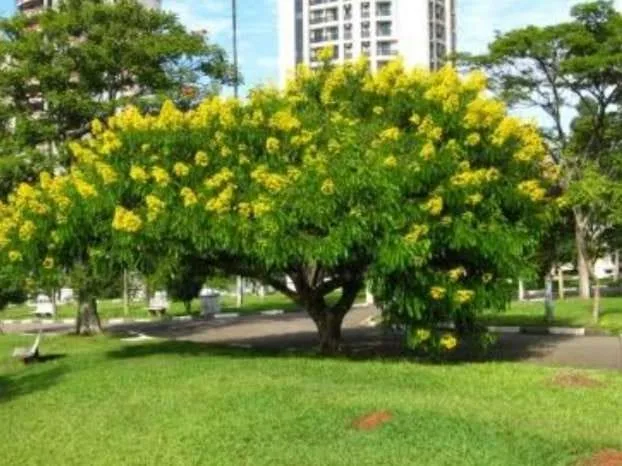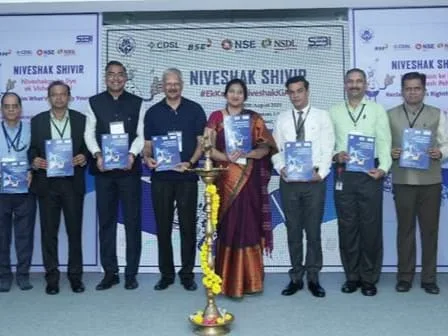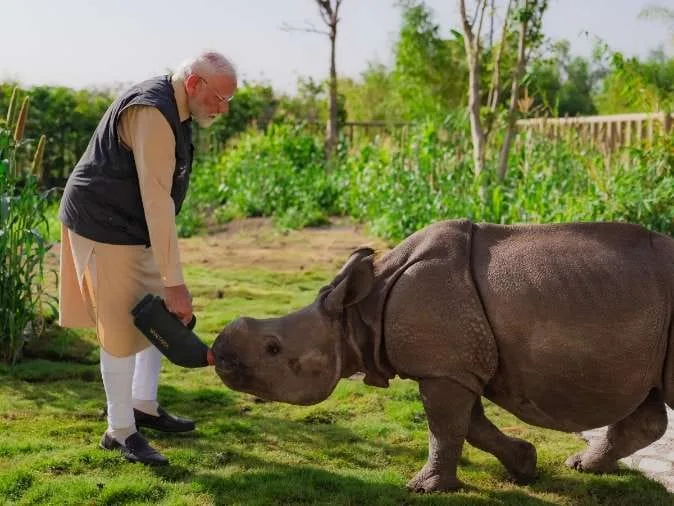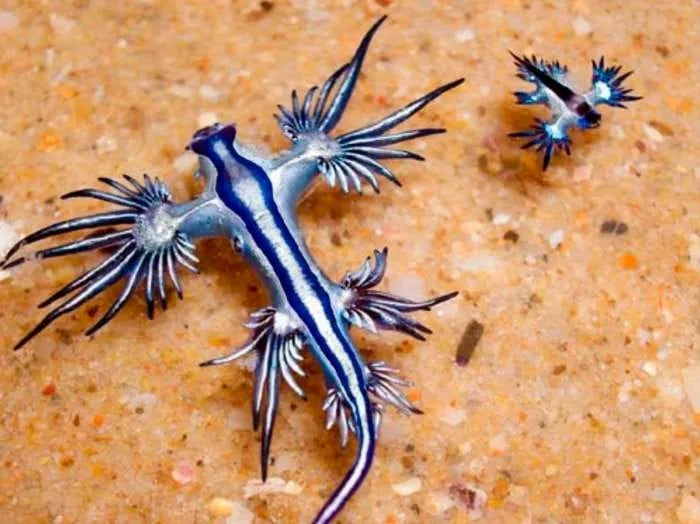Kerala has led India’s first science-based community-driven effort to eradicate Senna spectabilis in Wayanad clearing 383 acres of infested forest. This project sets a new national standard for ecological restoration.
About Senna spectabilis
- Senna spectabilis was introduced in the 1980s in Kerala.
- It has spread across the Nilgiri Biosphere Reserve, choking native plants and food sources for wildlife.
- Native range includes Tropical Areas of South America like Brazil, Peru etc …
- Commonly planted for its striking yellow flowers (avenue and garden tree) as Ornamental use
- Introduced as an ornamental but has become highly invasive in the Western Ghats, Kerala and other regions.
- Senna forms dense, sterile thickets, choking out native plants, altering soil chemistry and depriving herbivores of food.
- Reports of Senna proliferation are emerging from Andhra Pradesh, Goa and parts of Maharashtra
Invasive species in India:
Conservationists warn that unless tackled early, these regions may repeat South India’s mistakes.
Senna spectabilis is an invasive tree that was introduced from South America in the 1980s. It has overwhelmed native plants and disrupted food sources for wildlife across the Nilgiri Biosphere Reserve. This has caused more human-wildlife conflicts in key forest corridors. In the Tholpetty range of Wayanad, Kerala carried out a systematic removal of Senna over 383 acres by uprooting 46,450 trees and destroying their roots to prevent regrowth. This marks India’s first science-based approach of its kind..
Community Involvement
- The eradication effort involved a partnership model often referred to as the “Wayanad model.” This included the Kerala Forest Department, local conservation groups such as Forest First Samithi, and tribal youth from the Kurichiya and Kattunaikka communities. These young people received training as laborers and forest stewards. A significant innovation was a hand-held uprooting tool designed by a marine engineer. This tool allowed untrained workers to remove entire root balls quickly and effectively..
- Cleared areas are beginning to show recovery signs with native grasses, herbs and trees returning. More than 80 native tree species have been replanted. Fifteen indigenous grasses have naturally sprouted and 184 bird species have been recorded in these post-Senna areas. Large mammals, particularly elephants and deer are starting to appear in reclaimed sections, indicating successful habitat restoration.
Scientific Rigor
- The science-driven method addressed Senna’s strong biological resilience. Each tree can produce up to 6,000 seeds per season, and those seeds remain viable for nearly a decade. Even bark-stripped stumps will regrow. Only uprooting entire root systems can stop this resurgence. The project included a one-year scouting phase to remove new seedlings after each clearing…
- Kerala’s approach is now shaping ecological policies in nearby Karnataka and Tamil Nadu. Plans are underway for India’s first cross-border Senna eradication in Nagarhole Tiger Reserve. Other states like Andhra Pradesh and Goa, which are experiencing early Senna invasions are closely observing this model for managing invasive species. visit here
This science-based, community-focused restoration marks a significant leap in India’s fight against invasive species. It shows that large-scale ecological recovery is possible when communities, the government and science work together, Kerala’s achievement illustrates how focused science and community efforts can reverse ecological damage and restore crucial forest landscapes in India. for More Environment News link yourself here


























